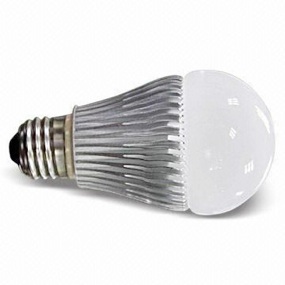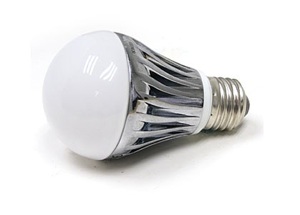Summerhall - Research
LED
Summerhall - Research
LED



LED grow lights or Light-Emitting Diode lamps, are an increasingly popular choice for indoor plant growing principally because they can deliver more intense light output with less energy and heat production, and they have a much longer useful life than that of high pressure sodium, fluorescent, high-intensity discharge or incandescent lamps. Most grow lamps are used commercially and industrially, But some residential use occurs. LEDs are made in several colors to mimic the ranges of natural sunlight that drive maximum photosynthesis and plant performance. LED grow lights are also popular because they can be used in standard bulb fittings and do not require special ballasts or non-standard electrical fixtures. LEDs come in 2-watt to 15-watt equivalents and in a range of sizes and colors.
Determine the optimal lighting requirements for your particular plant or plants to thrive if they were living outdoors. Figure out the intensity of light and for how many hours a day it is needed. Often this information is on the plant tag or little plastic pick stuck in the soil of your plant. Online garden resources can help you make the determination if your plant is unmarked. This is what you need to mimic indoors with LEDs. If your plants grow outdoors in shade they need less light indoors. If they are vegetables and grow in full sun for 14 hours per day outdoors then that is the bar you must meet in order for the plant to thrive indoors.
Provide a mix of red spectrum and blue spectrum LEDs. Plant photosynthesis is most responsive to these two spectrums. According to research conducted by NASA, mixing at least 80 percent red LEDs and roughly 20 percent blue LEDs is a successful ratio for growing plants indoors. You can easily switch out a few of the blue LEDs for white without harming the plant growth. This will allow you to see what’s happening with your plants much more readily because white LEDs have a spectrum of green, yellow and orange, which is more easily visible to the human eye.
Adjust your LEDs to hang above your plant tops by anywhere from 5 inches to 20 inches, according to the plant’s size and light intensity requirements. Your goal is to have the plant greens showered in light to their edges but not have the light spill or be wasted on surrounding areas where there are no plants. Height adjustment of lighting helps achieve this economy as plants grow. changing in both shape and size.
Determine if your plants require light and dark periods. If so connect your LED lights to a timer to regulate their on and off cycles to save you time, worry and labor. If your plants prefer long daylight periods and short night periods program the automatic timer for that length of light cycle.
LED light bulbs have a much longer life span compared to standard halogen bulbs. In fact LED bulbs last up to 50000 hours – that’s over 5 years of continuous operation! When you install new LED lights you may never have to replace the bulbs again.
LED panel light source used in an experiment on plant growth by NASA. Pictured plant is a potato plant.
Recent advancements in LEDs allow production of relatively inexpensive, bright, and long-lasting grow lights that emit only the wavelengths of light corresponding to the absorption peaks of a plant's typical photochemical processes. Compared to other types of grow lights, LEDs are attractive to indoor growers since they consume much less electrical power, do not require ballasts, and produce considerably less heat. This allows LEDs to be placed closer to the plant canopy than other lights. Also, plants transpire less, as a result of the reduction in heat, and thus the time between watering cycles is longer.
There are multiple absorption peaks for chlorophyll and carotenoids, and LED grow-lights may use one or more LED colors overlapping these peaks.
Recommendations for optimal LED designs vary widely. According to one source, to maximize plant growth and health using available and affordable LEDs, U.S. patent #6921182 from July 2005 claims that "the proportion of twelve red 660 nm LEDs, plus six orange 612 nm LEDs and one blue 470 nm LED was optimal", such that the ratio of blue light to red & orange light is 6-8%.
It is also often published that for vegetative growth, blue LEDs are preferred[by whom?], where the light has a wavelength somewhere in the mid-400 nm (nanometers). For growing fruits or flowers, a greater proportion of deep-red LEDs is considered preferable[by whom?], with light very near 660 nm, the exact number this wavelength being much more critical than for the blue LED. [citation needed]
Early LED grow lights used hundreds of fractional-watt LEDs and were often not bright enough and/or efficient enough to be effective replacements for HID lights.[citation needed] Newer advanced LED grow lights may use high-brightness multiple-watt LEDs, with growing results similar to HID lights.[citation needed]
Grow light LEDs are increasing in power consumption resulting in increased effectiveness of the technology. LEDs used in previous designs were 1 watt in power, however 3 watt and even 5 watt LEDs are now commonly used in LED grow lights. LED grow lights are now being produced which exceed 600 watts.[